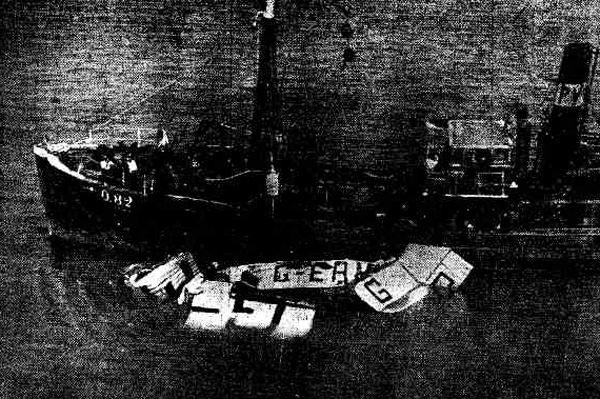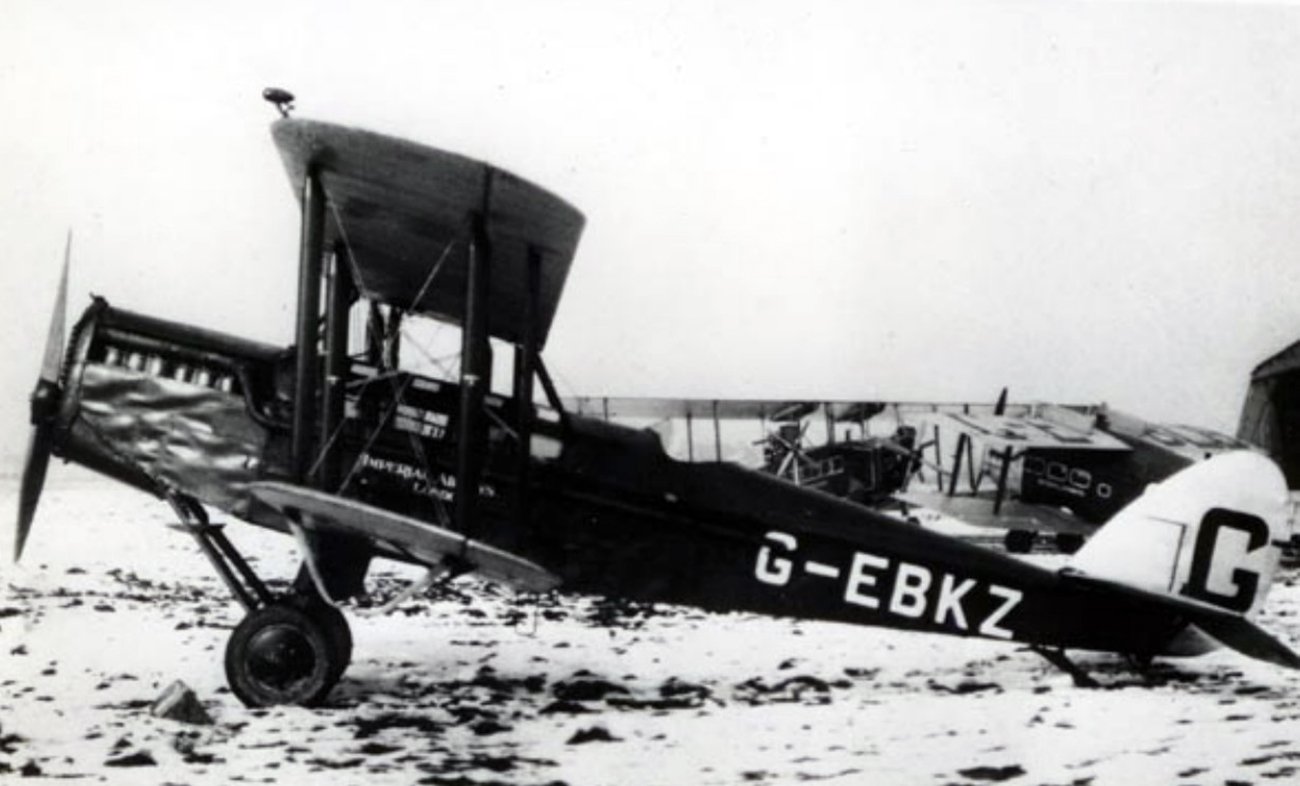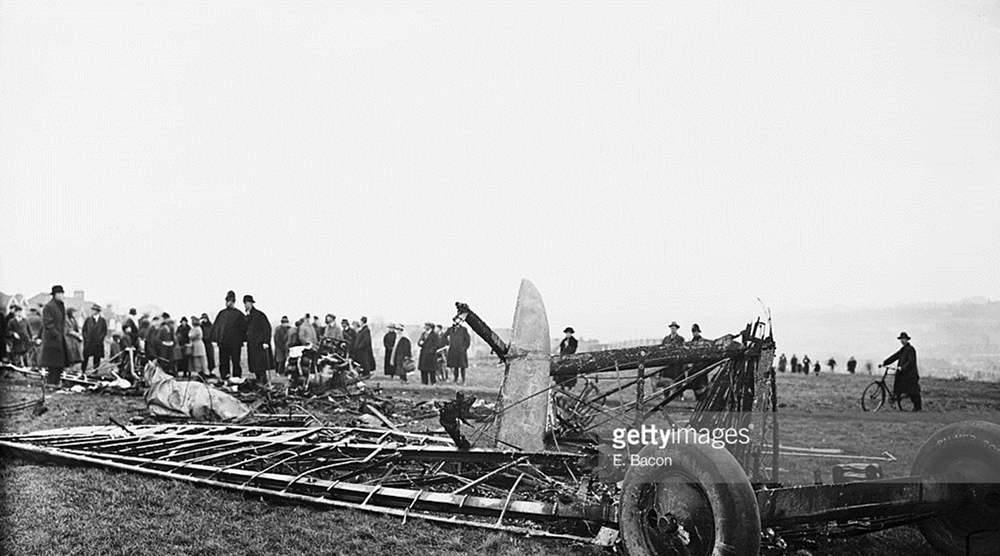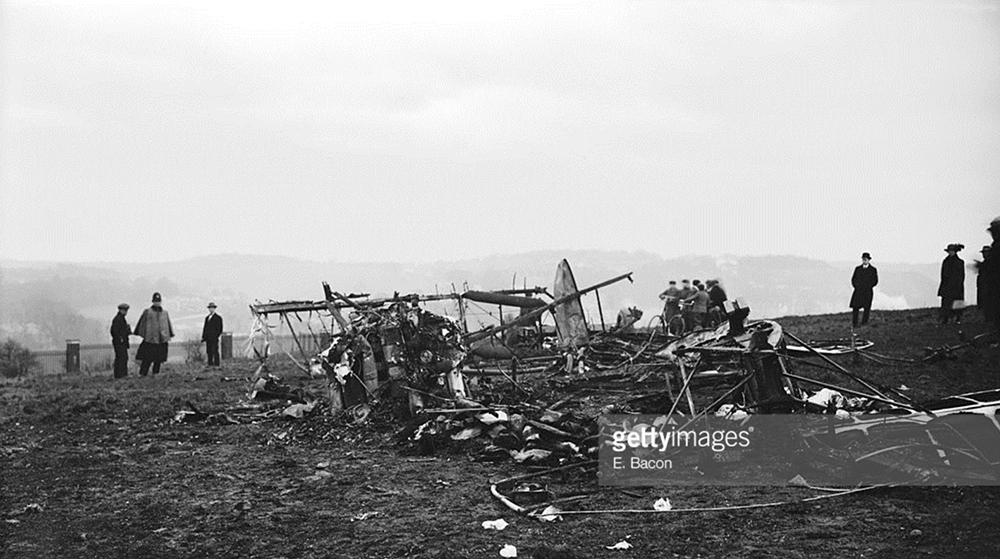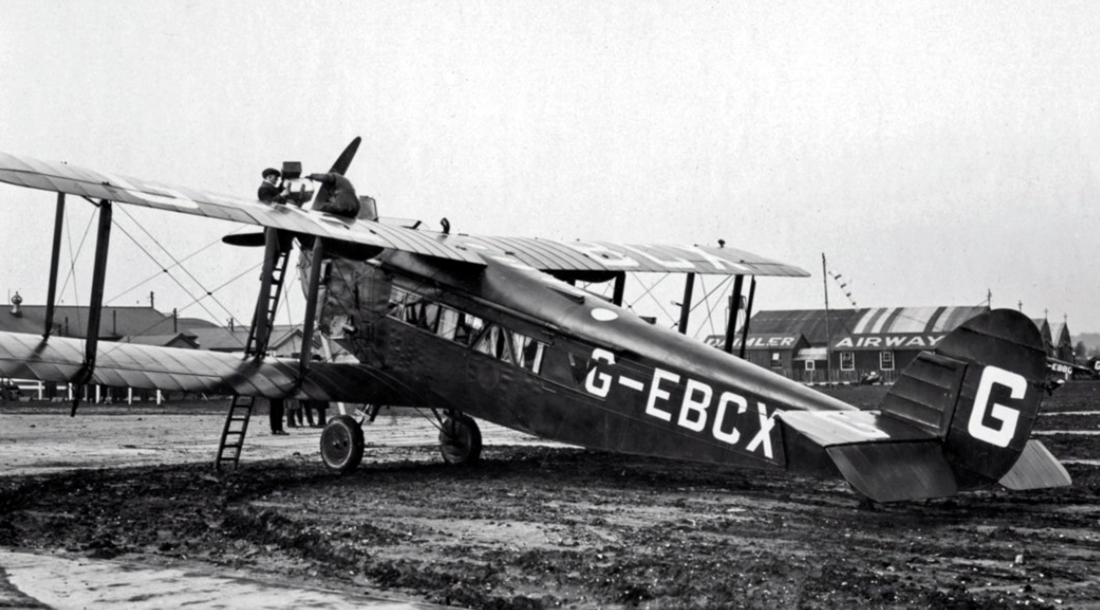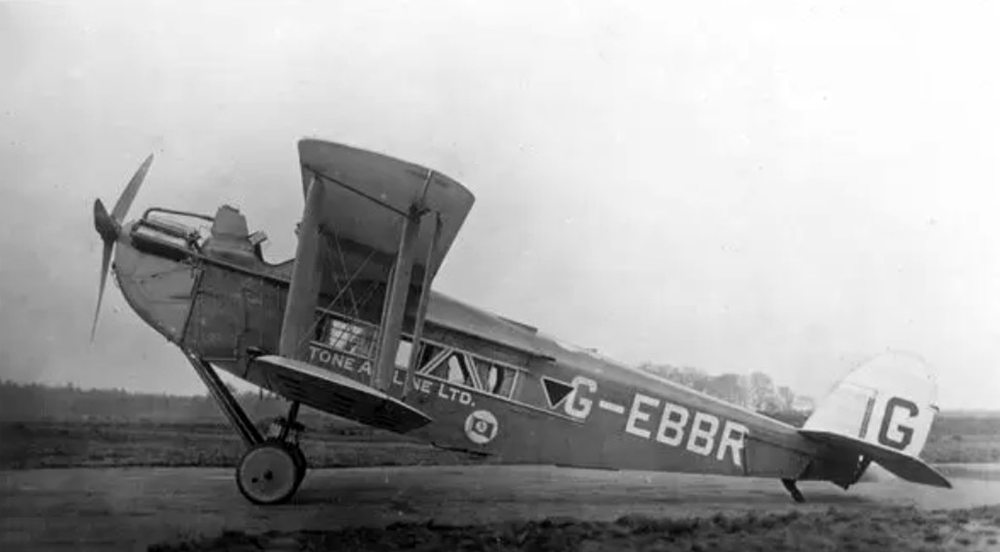Crash of a De Havilland DH.66 Hercules in Jask: 3 killed
Date & Time:
Sep 6, 1929
Registration:
G-EBMZ
Survivors:
Yes
Schedule:
Bandar Lengeh – Jask
MSN:
239
YOM:
1925
Crew on board:
2
Crew fatalities:
Pax on board:
3
Pax fatalities:
Other fatalities:
Total fatalities:
3
Circumstances:
For unknown reasons, the aircraft departed Bandar Lengeh Airport with delay. Thus, the crew started the approach to Jask Airport by night and limited visibility. On short final, the aircraft was too low and impacted the ground short of runway threshold. Upon impact, the the fuel tank ruptured and the aircraft caught fire before coming to rest, bursting into flames. Two passengers were rescued while three other occupants were killed.
Probable cause:
Captain A. E. Woodbridge continued the approach at a too low altitude and landed too early, causing the aircraft to crash. The lack of visibility was a contributing factor.



